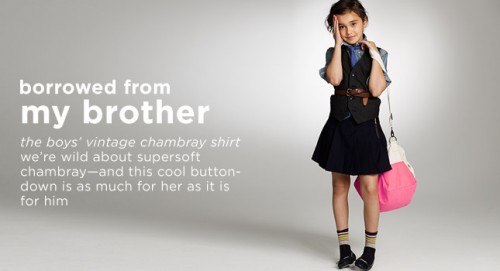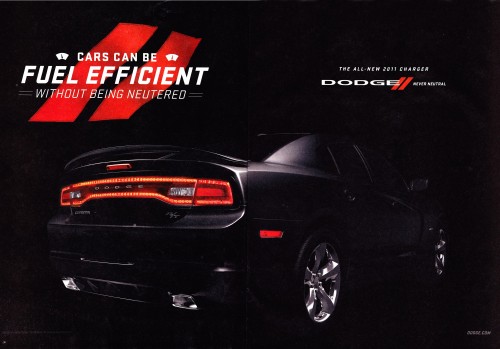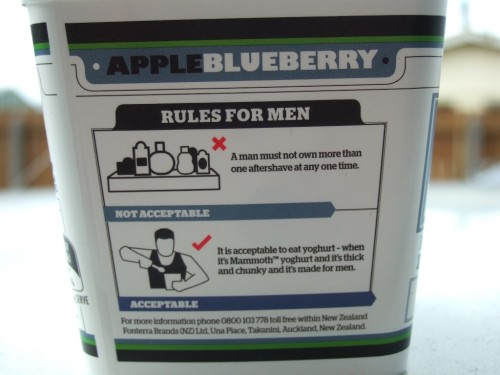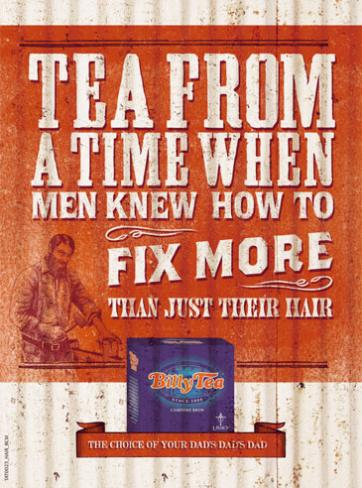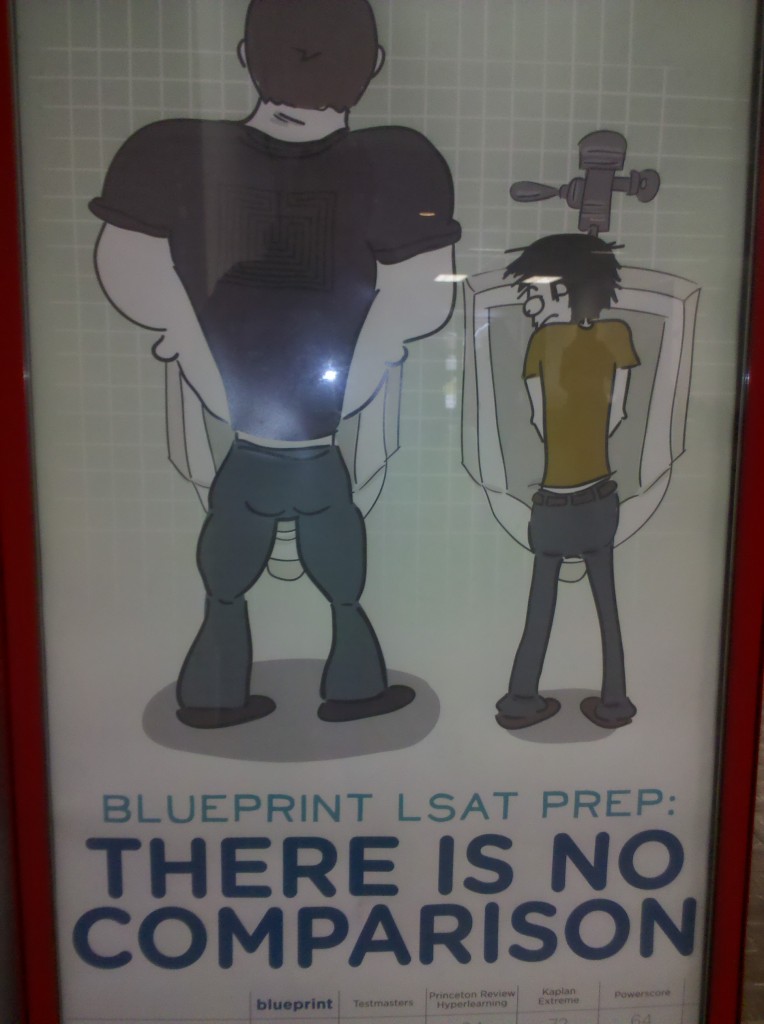Yesterday I posted about some children’s luggage that normalizes gendered occupations. Given that, I thought I’d follow up with several more examples of gendering kids’ stuff that have been sitting in our inbox.
Erin M. saw this image in a Land’s End catalog for kids’ clothing a while back. It draws on the idea that boys and girls are just inherently different, with girls needing things that are “pretty” while boys need stuff that’s “rugged”:
Caspian P. snapped this photo of two video games (by different companies) that efficiently summarize who we assume will be interested in what:
Finally, Cheryl S. noticed that J. Crew decided to market some of their boys’ clothing to girls. Rather than designating the clothes as unisex, or listing them as boys’ items in the boys’ section and girls’ items in the girls’ section, they instead created a section in the girls’ part of the website called Borrowed from My Brother:
As Cheryl points out, there is no “borrowed from my sister” section for boys. We accept the idea of women wearing men’s clothing, even seeing it as potentially sexy, in a way that we don’t tolerate or condone men crossing gender lines to wear women’s items or take on other aspects of femininity. J. Crew simply applies this wider cultural acceptance of women taking on some aspects of masculinity (as long as they balance it with enough signs of femininity), which we see in the marketing of “boyfriend jeans” to women, and applies it to kids.



